About the book, from the publisher:
After a declaration of independence and the seizure of military assets located in the self-proclaimed Republic of Ichkeria, Chechen influence in the Northern Caucuses region was rapidly growing. By 1994 the Russian leadership became very concerned about the situation when, in addition to the other issues, Dzhokhar Dudaev took control of the oil and gas pipelines. After a series of unsuccessful attempts by Yeltsin and his government to reshuffle the situation it was decided to launch a limited armed action targeted upon the overthrow Dudaev at the hands of Russian-sponsored opposition. The opposition eventually failed and a large military operation by Russian forces was launched on 9 December 1994.
From the first days, Russian troops, totally unprepared for the tough resistance encountered found themselves in a bloody fight against Dudaev’s well-trained and heavily-armed militants. Grozny was the major objective as the Russian command considered that taking over the city would break Chechen resistance at once. To pave the way to the city the Russians had to secure Khankala airfield as it was the major aerial hub of the area. The fight for Khankala became the first major engagement between Russian and Chechen forces.
On 30 December 1994, Russian forces received orders to enter Grozny and take control of key objectives, eliminating the opposition. In the second half of 31 December, Russian armoured convoys started to enter the city from four directions, what was to come next became the most horrible night in modern Russian military history.
Battle for Grozny Volume 1 is based on the numerous little known publications and veteran accounts from both sides, extensive pictorial and video footage, and focuses upon the reconstruction of events that happened prior to and during the New Year of 1994–1995.
Pages : 78 | Images : 32 b/w photos, 3 colour illustrations, 57 colour photos, 39 colour profiles, 2 maps
I read this book a while ago and with a miserable day here, have managed to complete this review.
The book opens with an introduction by the editor, which sets the scene for what is to come, this includes Russia and Chechnya - an Historical overview, Caucasian wars of the 19th centaury, soviet times - revolution and civil war, German offensive on Grozny 1942, deportation and post-war period, through to the buildup to the battle itself.
The history in chapter 1 is worth the read, albeit written at the global level (otherwise this book would run into a right tome), but sufficiently detailed to get the idea the area was always going to be trouble and constantly contested.
The narrative moves rapidly from there, through WWII and the German efforts to capture the region, the post-war period, before getting to the guts of the matter with 'Arming Chechnya'. From this point, the text focuses on contributing factors, actors, and events that go into the battle of Grozny.
It is surprisingly detailed at places, for example page 25, when describing how the Chechens were armed when taking over a KGB building, "... He climbed through the ventilation pipeline and managed to sneak into a secret room that was blocked by a wall - there was treasure! 524 AK rifles, 76 machine guns, nine anti-tank rocket launchers, 20 hand grenade launchers, 50 binoculars, 50 night-vision devices, 5,000 hand grenades, and about 600,000 rounds for rifles." Of course, I have no way of verifying this, not that I am about to fact check every detail, but the author does cite credible sources throughout the book, so I'm happy its accurate.
There is a bit of humor, too, page 47-48, about an 'armoured train' that was little more than a train with the flat cars protected with 22,500 [sic] sandbags, and some crew served weapons; '[i]ronically there was no particular assignment for such a train and its team, as nobody in Group HQ had ever heard of it.'
The author draws on a myriad of sources throughout the book, including helicopter flight logs, page 54, first person accounts and interviews, some historical facts, and analysis of the situation based on experience.
Recommended for those with an interest in the region, or seeking to understand just why there is no peace there.
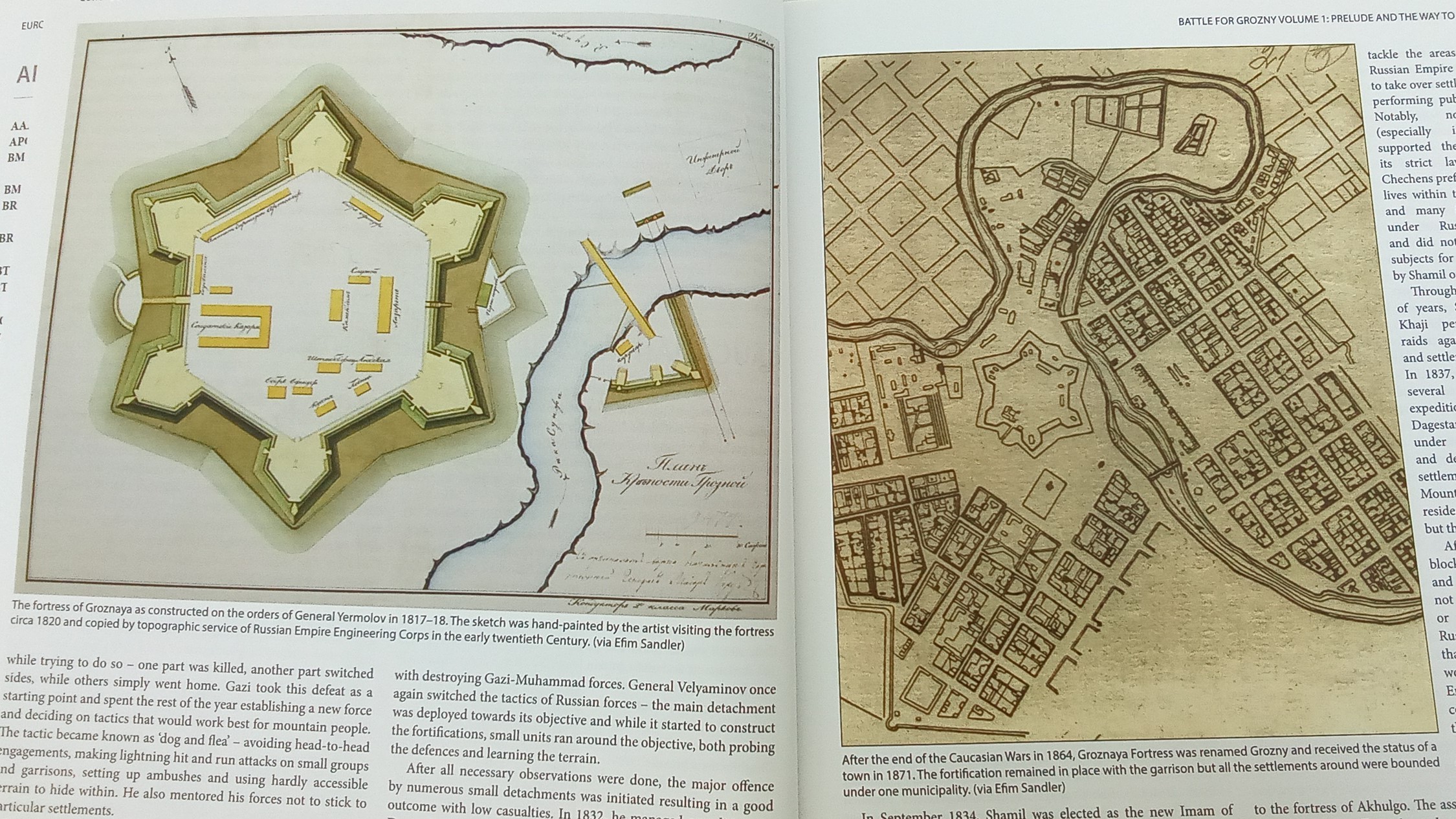
no book is complete without words...

the settlement that would become Grozny
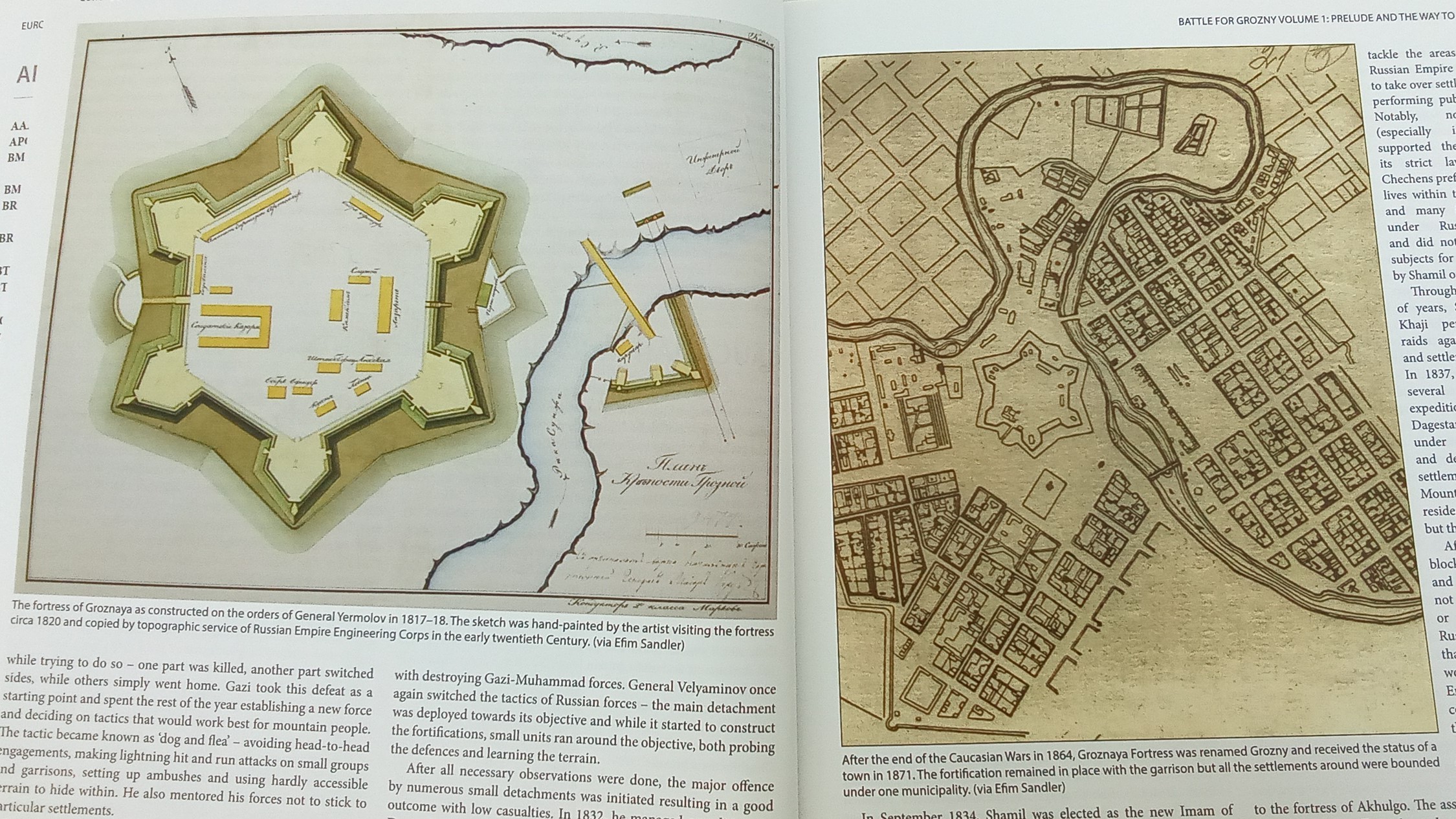
Putting it in it's place, north of Batman...
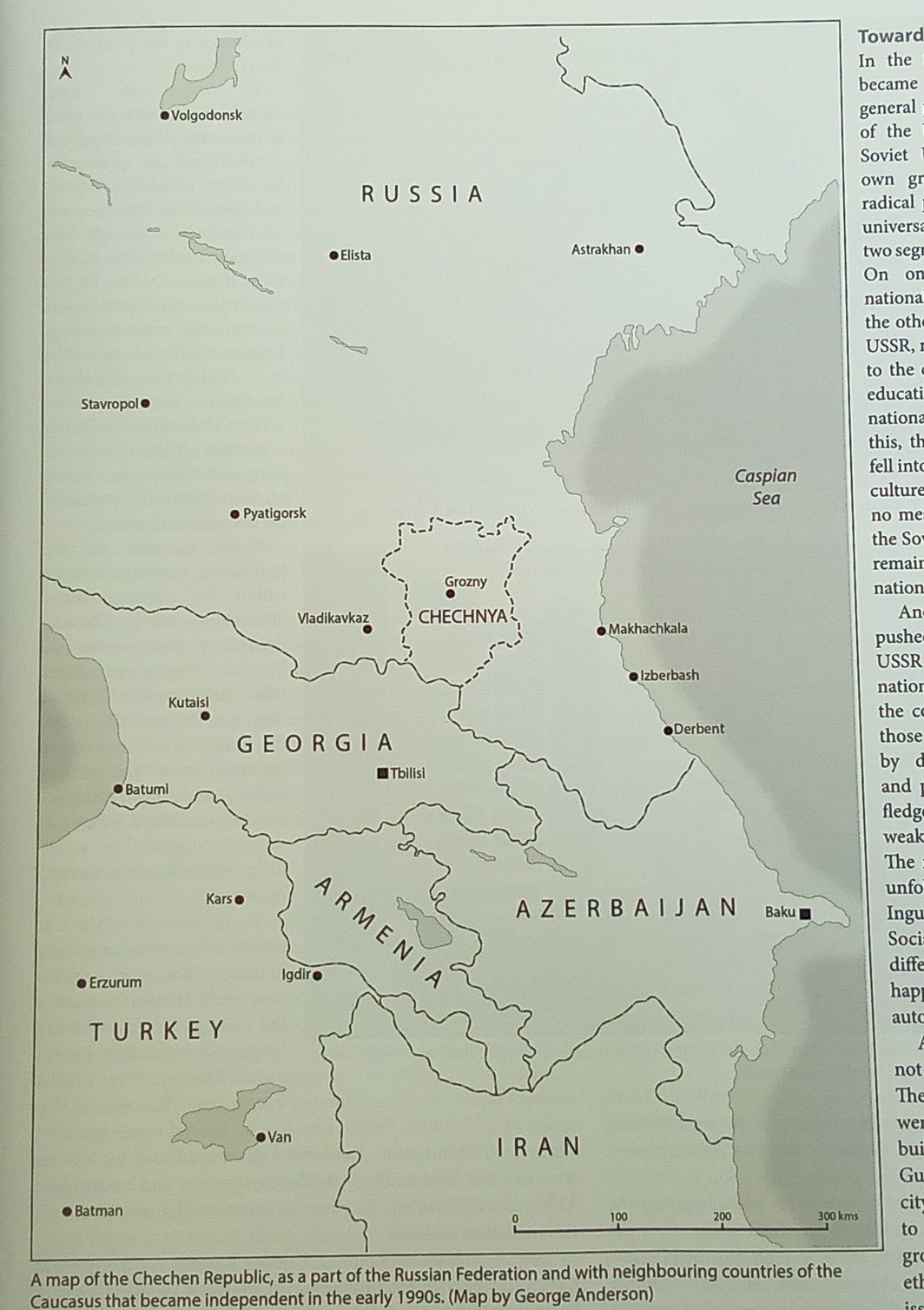
an example of the detail and accuracy to be found within the pages of this book...
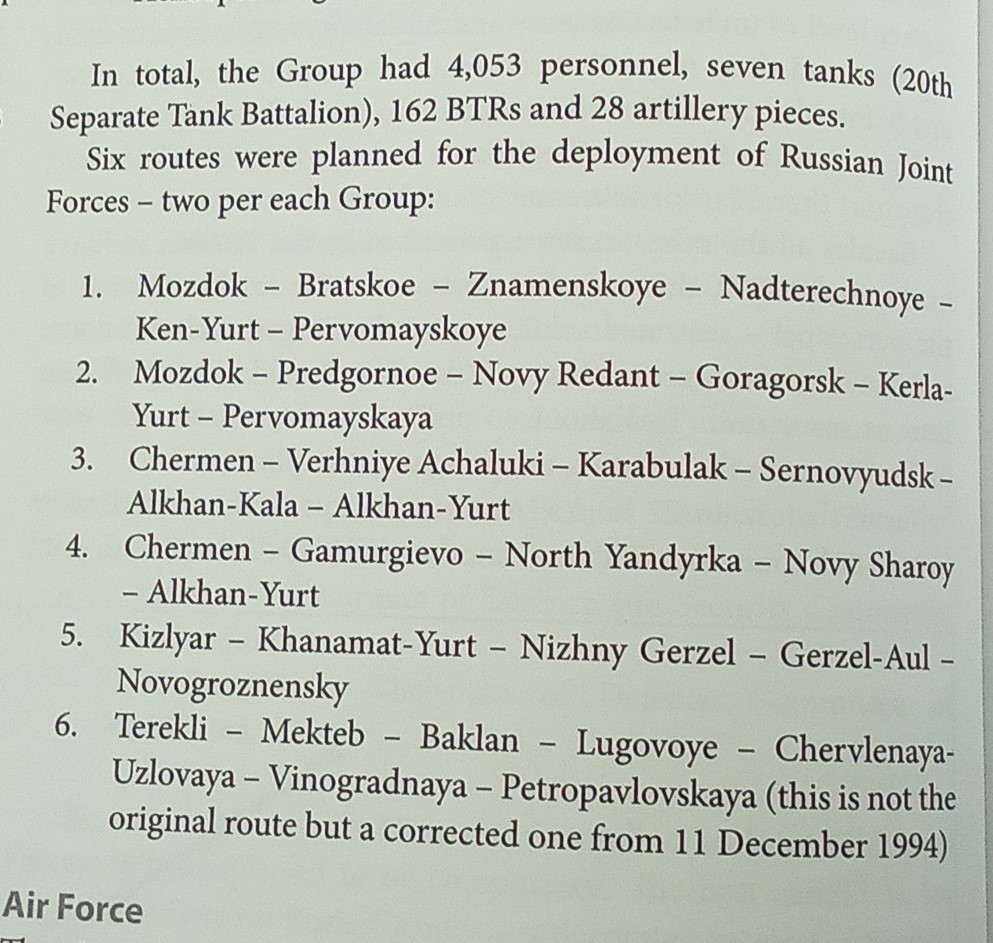
One in a long litany of visitors.
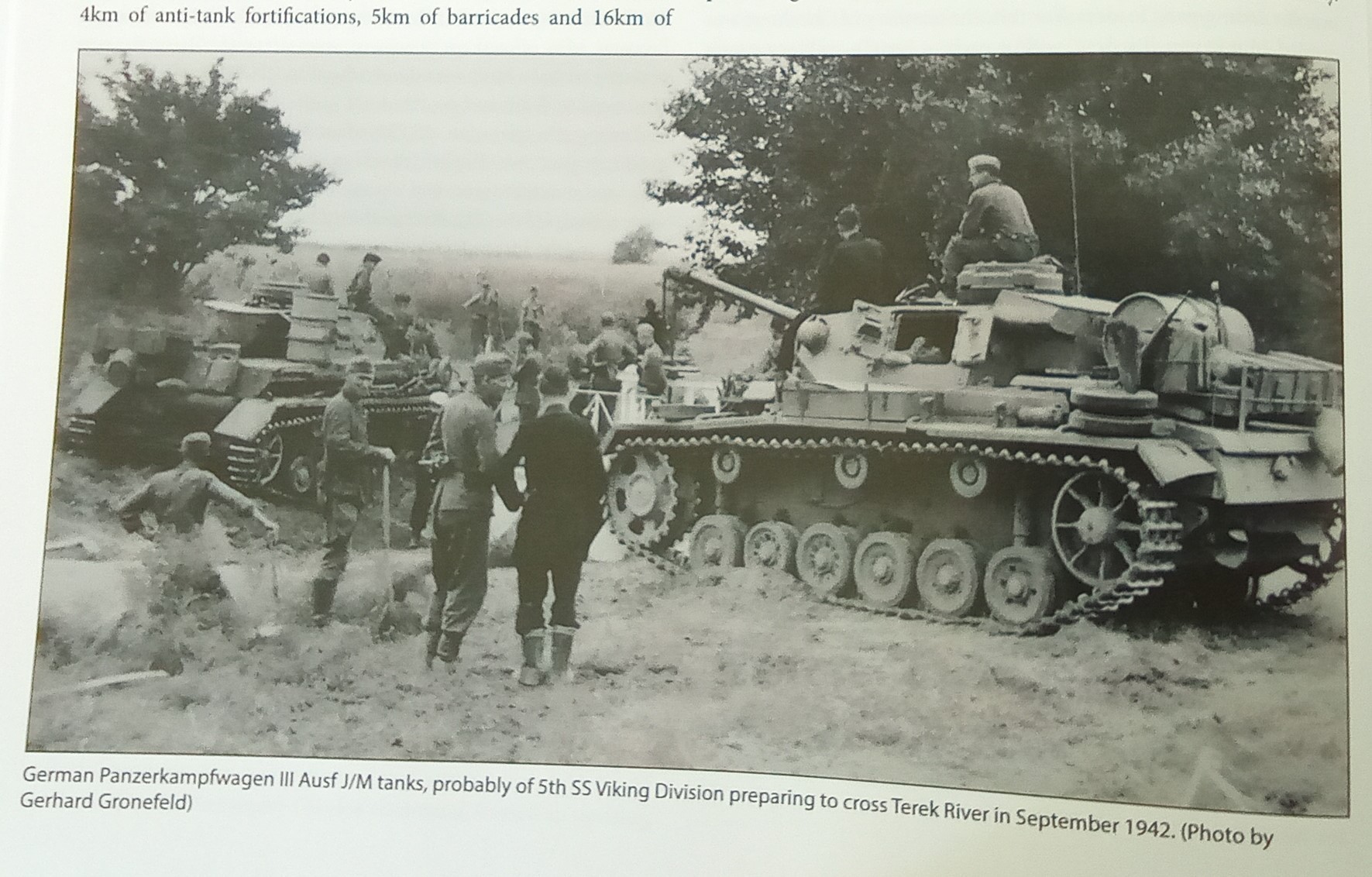
Ah, a plane, a biplane. The cover says, 'full colour throughout', this must be the exception...
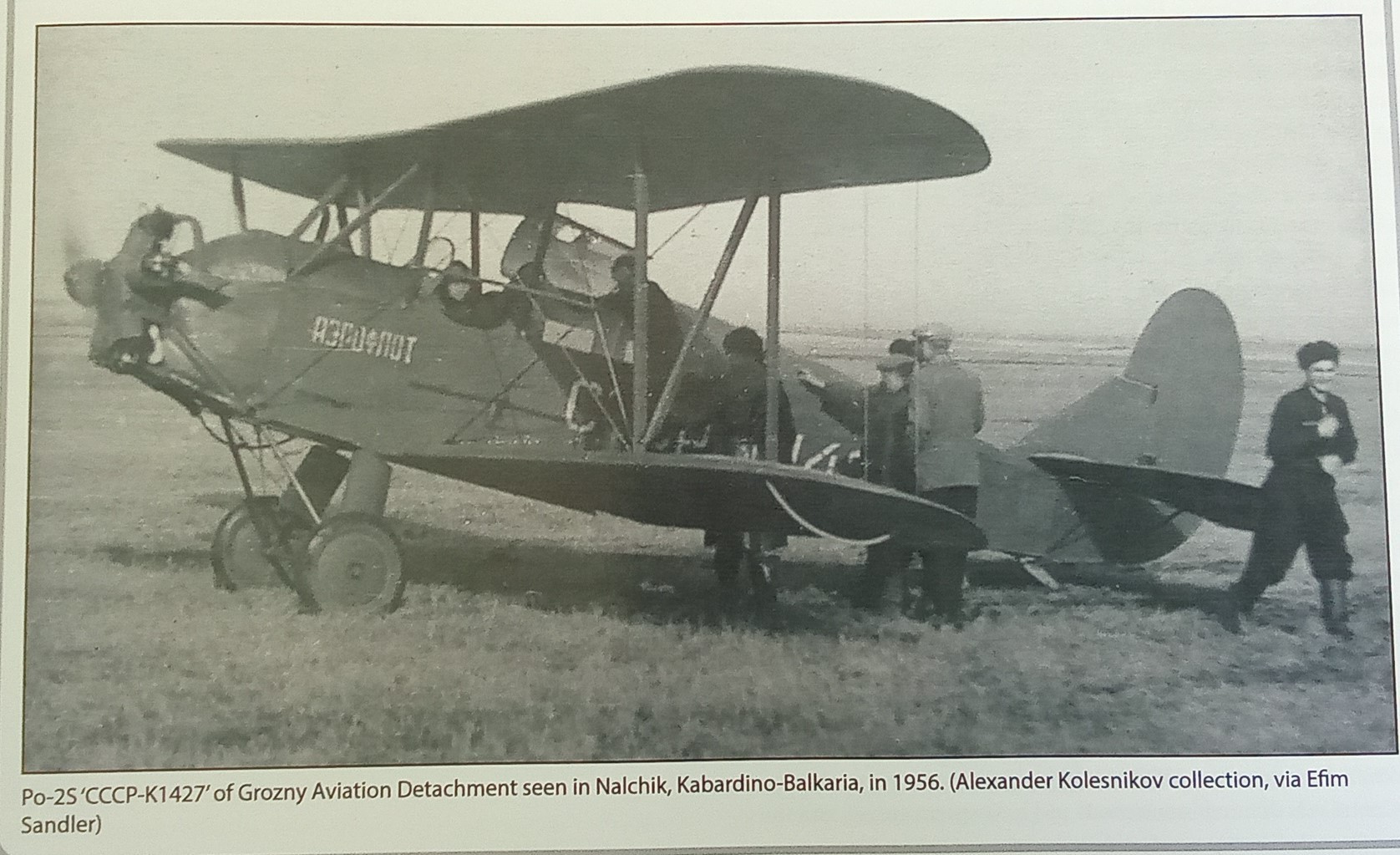
Downtown Grozny
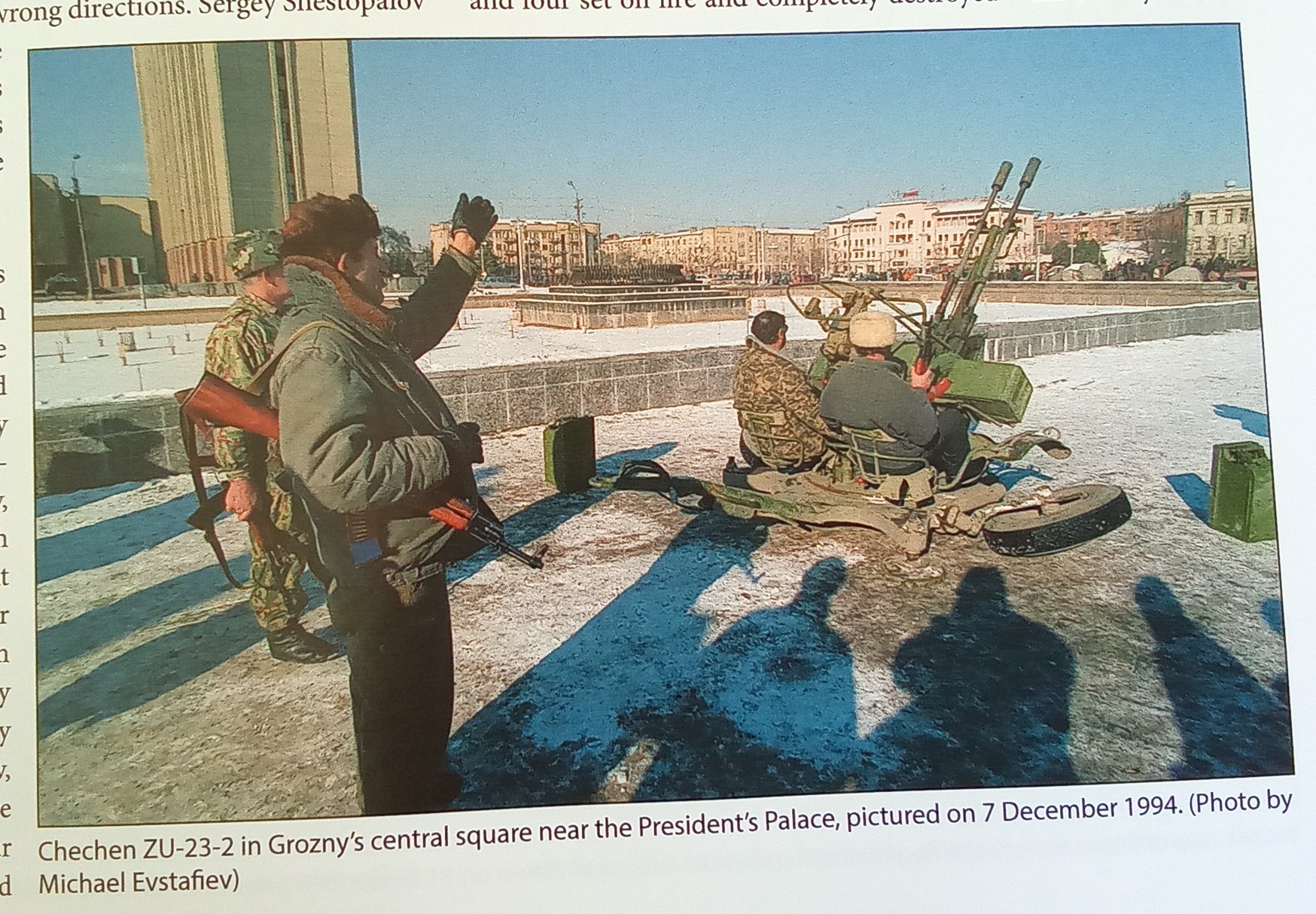
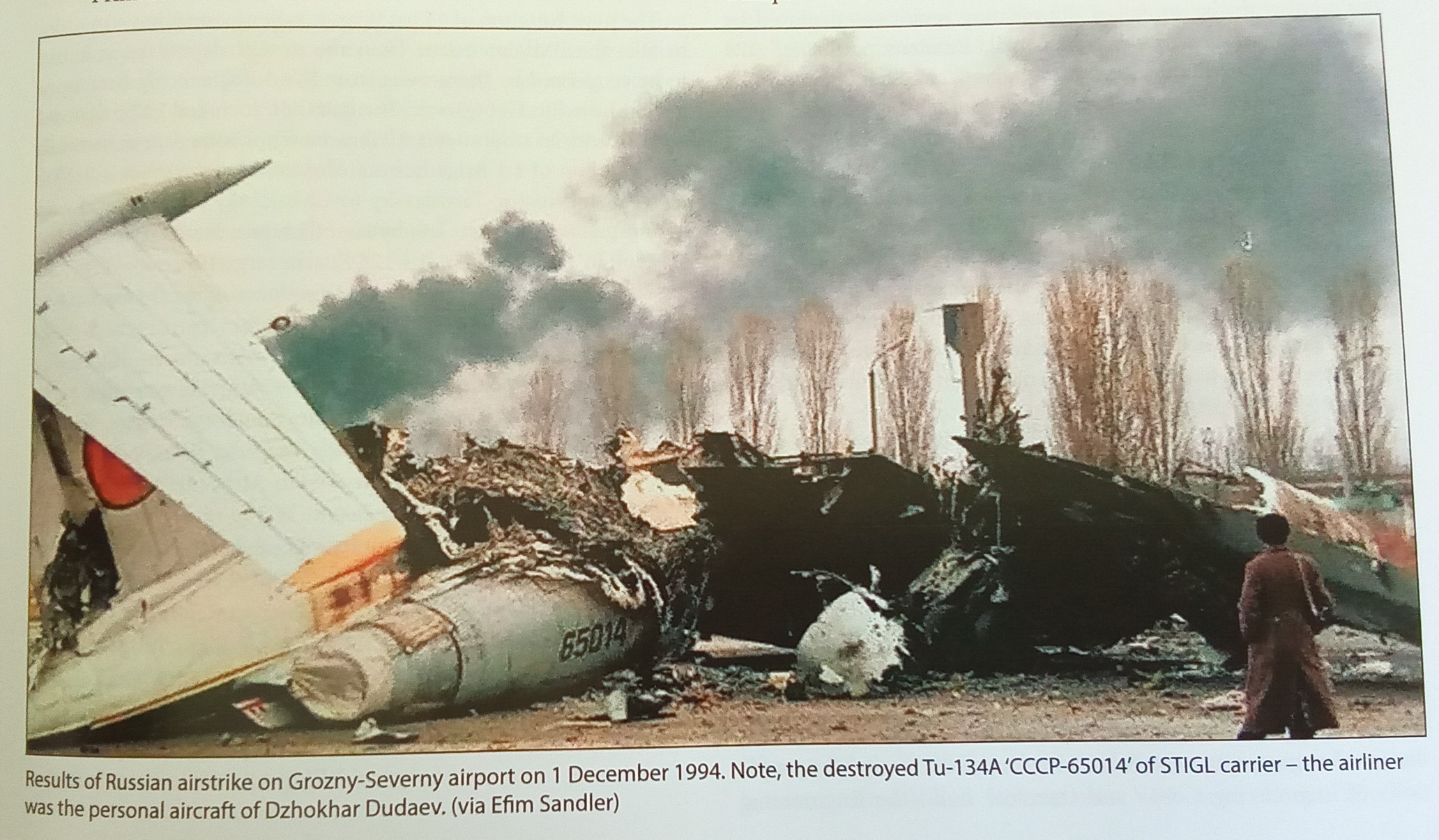
Colour profiles for modelling inspiration.





























